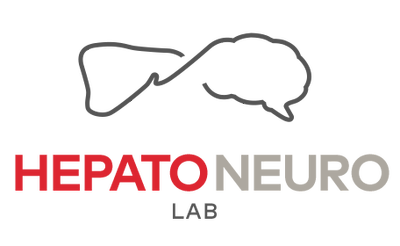Hepatic encephalopathy (HE) is a common and potentially severe complication of liver failure. HE is related to impaired quality of life. The pathogenesis of HE is linked with gut-derived ammonia (NH3) therefore treatment aim to reduce the blood level of NH3. The standard care of HE is Lactulose, a non-absorbable disaccharide. Nonetheless, patient observance is poor due to some uncomfortable side-effect. Among new therapies that have arisen this past decade, Rifaximin is a potent candidate. The aim of this study is to assess the efficiency of Rifaximin in reducing plasma NH3 and ameliorate the HE in a murine bile duct model. Three weeks after BDL surgery, BDL and SHAM-operated rats were sorted into five groups according to their treatments : SHAM-vehicle, BDL-vehicle, BDL-Lactulose, BDL-Rifaximin, BDL-Lactulose+Rifaximin. Treatment was given by gavage for 3 weeks. Survival, body-weight, food consumption and body composition were assess every week during the six weeks of the study. Behavioral analysis was conduct to assess the HE status. At sacrifice, brain water was measured to assess potential brain edema and plasma sample was taken to measure NH3 and hepatic biochemistry parameters. No difference was seen in the survival, growth pattern, food consumption or body composition between BDL-groups. No difference was seen in the performance during EPM, OFT, Rotarod, NOR or night activity. No difference was seen in brain water between SHAM or BDL groups. Surprisingly, NH3 level was increase in all but BDL-vehicle compare to SHAM. The biochemistry parameters confirm the establishment of cirrhosis in BDL groups compare to SHAM. Overall, this study didn’t present strong, reliable and enough data to conclude on the efficacy of Rifaximin as sole treatment in the context of HE. Some results fail to reach significance probably because of the low number of animals. Future direction on this project will aim to : 1) increase the antibiotic dose; 2) reduce the duration of the model to five weeks; 3) trigger an episode of HE by injecting a dose of NH3 before treating the rats.

